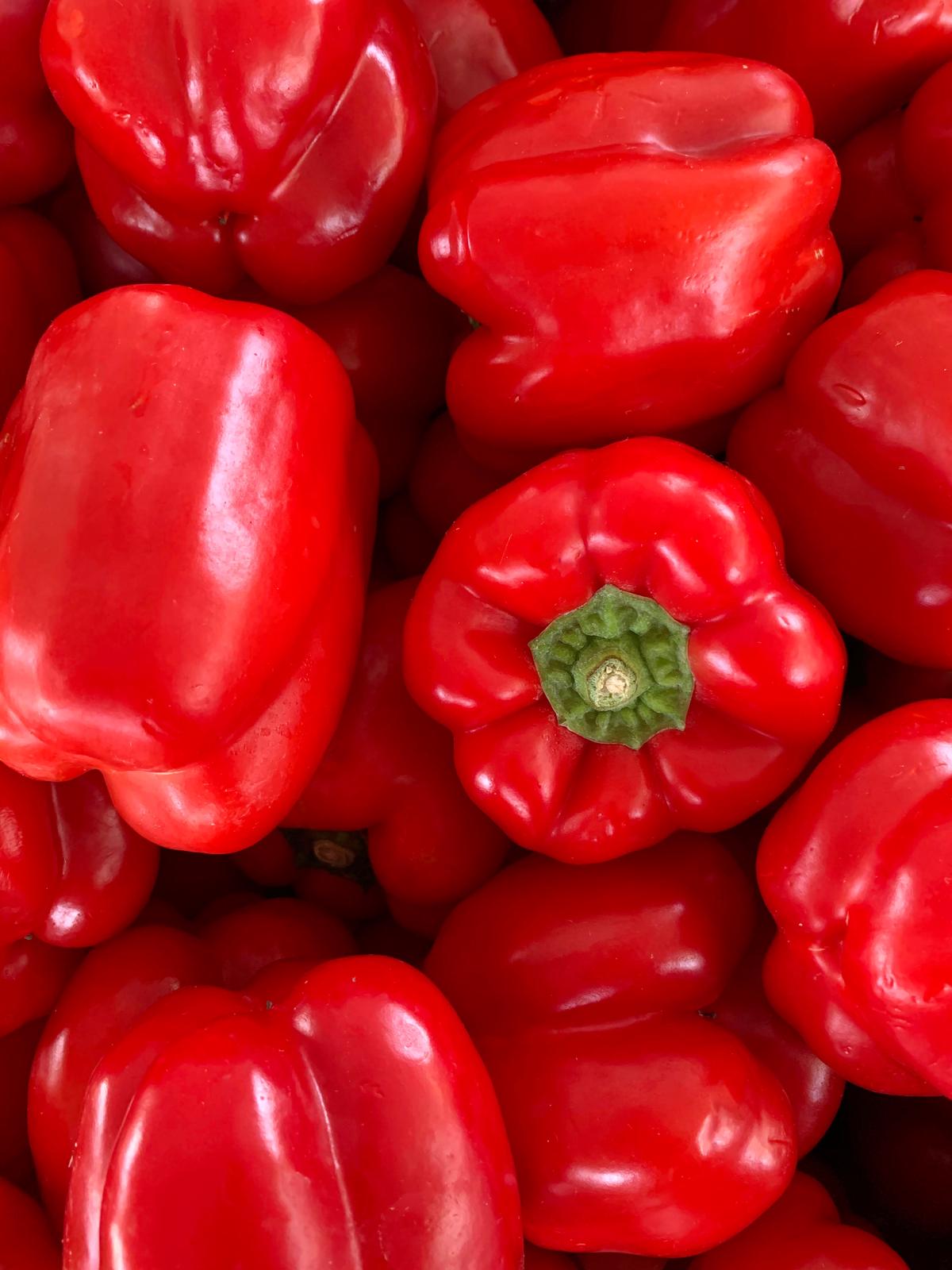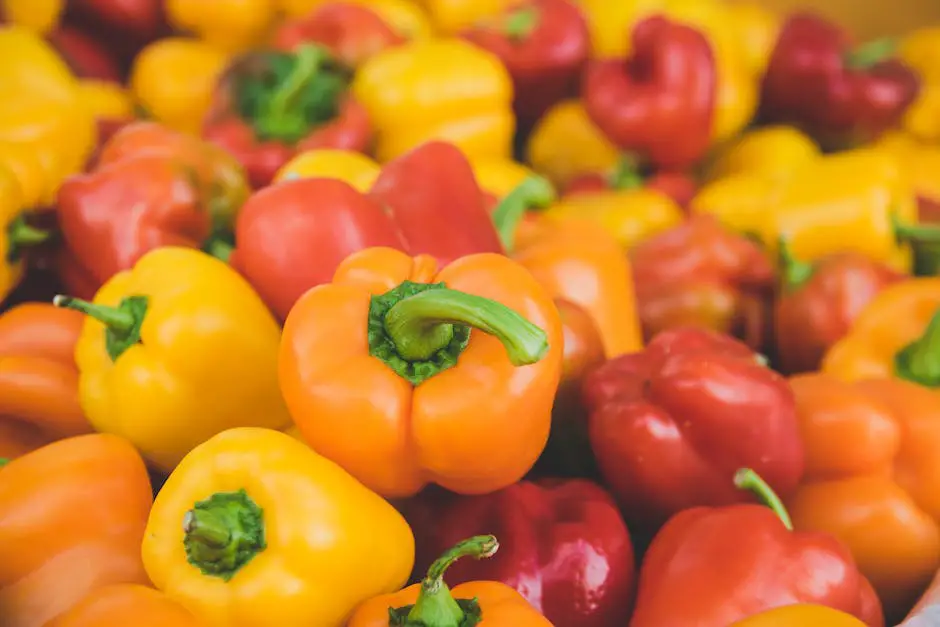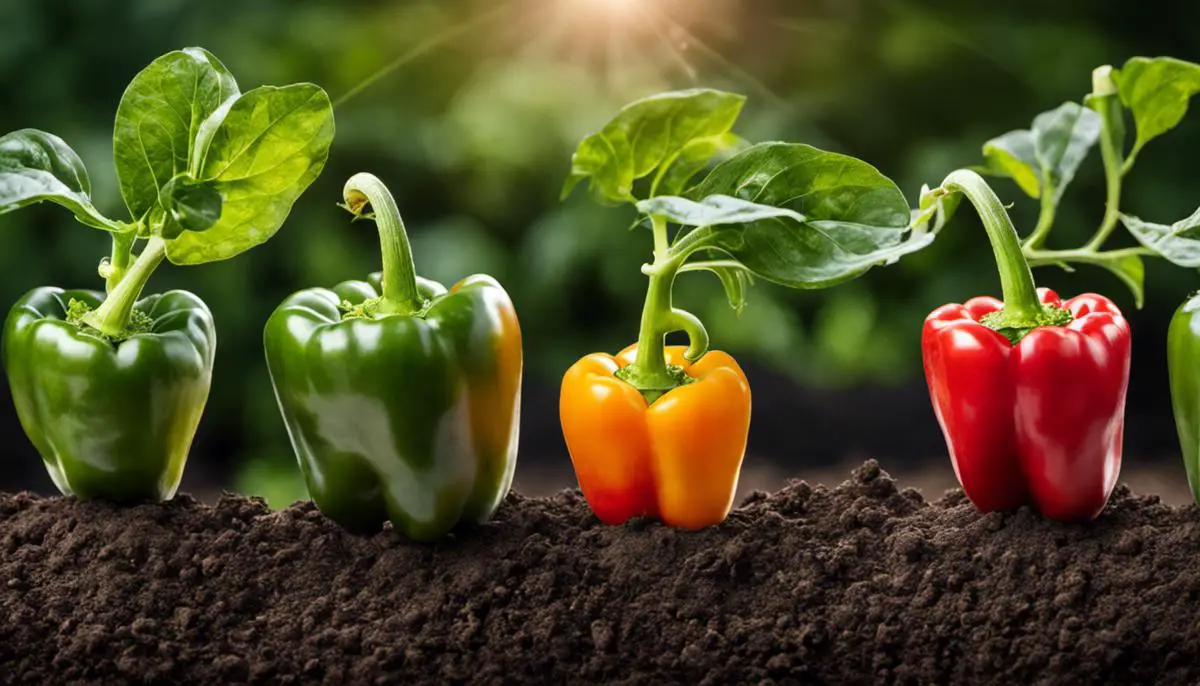Peppered with therapeutic properties and delightful flavors, Bell Peppers are an excellent addition to any home garden. The process of growing bell peppers, though nourishing and gratifying, does warrant a specific understanding of its life cycle – from seeding right through to post-harvest care. This knowledge not only enriches your gardening experience, it also significantly improves the quality and quantity of your yield. It is vital to recognize the signs of maturation; particular color, appropriate firmness, and ideal size, to pick peppers at the right time. Furthermore, familiarizing yourself with post-harvest care ensures the longevity and quality of your bell peppers.
Understanding Bell Pepper Growth Cycle
Stages of Bell Pepper Growth: From Seed to Harvest
The process of growing bell peppers begins with seeding. This stage involves planting the pepper seeds in a favorable growth environment. The seeds are recommended to be planted indoors first, usually 8 to 10 weeks before the last expected spring frost, and then transplanted outdoors after the danger of any frost has passed. This ensures a conducive environment for seed germination, which typically takes between 1-3 weeks depending on soil temperature and moisture conditions.
Reader Poll: What online courses would interest you?
Transplanting Seedlings
The next stage is transplanting your pepper seedlings outdoors. Young plants can be planted outside when temperatures consistently maintain at least 60-70 degrees Fahrenheit and all danger of frost has passed. Ensure plants are settled in a well-draining soil, rich in organic matter, spaced approximately 18 to 24 inches apart. It usually takes between 3-4 weeks for these seedlings to mature enough to be ready for transplanting.
Growing Process: Vegetative and Fruiting Stage
Once transplanted, the bell pepper plants enter the vegetative stage. During this period, the pepper plant’s growth is focused on leaves, stems, and roots, rather than creating fruits. This stage lasts approximately 40 to 50 days. This is then followed by the fruiting stage, where flowers are formed, which then develops into pepper fruits. The fruiting stage can take between 70-90 days depending on the specific pepper variety.
Bell Pepper Maturity Indications
Knowing when to harvest bell peppers is related to their maturity stage, which can often be identified through some common signs. Bell peppers are unique because they can be harvested at multiple stages of maturity, depending on your flavor preference. When the peppers are green and firm to the touch, they are essentially immature but still edible. These green peppers will have a more bitter flavor compared to their mature counterparts.
Subscribe to our newsletter!
However, bell peppers are fully mature when they turn bright red, yellow or orange (depending on the variety) and become slightly soft to the touch. This usually occurs 2-3 weeks after the green stage, and the peppers will have a significantly sweeter and richer taste.
Time to Harvest
So, when is the best time to harvest bell peppers? That’s largely up to your flavor preference. For a sharper taste, you can pick them while they’re still green, which is commonly around 60-75 days from transplanting. If you prefer a sweeter pepper, wait until they change color, typically between 75 to 90 days from transplanting. Once harvested, the plants will continue producing peppers until the first fall frost.
Remember, when harvesting, cut peppers clean off the plants to prevent any damage to the stems.

Photo by adeclercq on Unsplash
Recognizing Ripe Bell Peppers
Discerning the Color Change in Bell Peppers
One of the most prominent signs of ripe bell peppers lies in their color transformation. As bell peppers mature, they go through a spectrum of colors – from green to yellow, then orange, and finally red. If you’re aiming for sweet peppers, waiting till they turn red is considered best as they are the sweetest at this stage. However, depending on your preference, you can harvest them at any color stage.
Checking Firmness as an Indication of Ripeness
The texture of bell peppers can also reveal vital information about their maturity level. Typically, a ripe bell pepper should feel firm to the touch, indicating that it’s filled out and full of water. If you notice any soft spots or squishy texture, it might mean that the pepper is starting to rot and should be harvested immediately to prevent further decay. Tapping on the skin gently – if it gives a taut resistance, it’s a good sign that the bell pepper is ripe.
Size: The Ultimate Teller for Bell Pepper Maturity
Size plays an essential role in determining the right time to harvest your bell peppers. Like many fruits and vegetables, bell peppers grow to their usual mature size before they start ripening in color. Generally, a mature bell pepper grows to about 3-4 inches long and similarly wide. However, the exact size can depend on factors like the variety of the bell pepper and growing conditions, so it helps to refer to details mentioned on the seed packet or plant tag if you have one.
Keeping Track of the Growth Duration
Bell peppers typically take about 60-90 days from planting to reach maturity, depending on the climate and variety. Marking the calendar can be a helpful practice to monitor the expected ripening period and approximately when to start checking for signs of ripeness.
Remember that harvesting time can drastically influence the taste and nutrient content of your bell peppers. Harvesting them too early can lead to less sweet and less nutrient-rich peppers, while waiting too long might end up in overripe or even rotting fruits. Hence, understanding these physical changes is the key to timing your harvest perfectly.

Harvesting and Post-Harvest Care
Understanding the Ideal Time for Harvesting Bell Peppers
Bell peppers are usually ready to be harvested between 70 and 90 days after planting. The best indicator, however, is the color and size of the pepper. If you planted green bell peppers, wait until they turn a deep, rich green. If you planted colored varieties, such as red, yellow, or purple, wait until the peppers turn their respective color. Remember, a full-sized bell pepper will typically be 3.5 to 4 inches long.
Checking the Bell Peppers for Maturity
A mature bell pepper feels firm to the touch and has a glossy skin. These are signs that the pepper is ripe and ready to be harvested. If it feels soft and looks dull, it’s not ready to be picked. A good practice is to lightly squeeze the fruits, as ripe bell peppers will have a somewhat firm feel.
How to Properly Pick Bell Peppers
Once you identify a mature bell pepper, take a sharp pair of gardening shears or a knife, and cut the pepper off the plant. Cut the stalk about an inch above the pepper, leaving a small portion of the stem attached to the fruit. This prevents the pepper from losing moisture after it’s been harvested. Avoid pulling peppers off the plant, as this can damage the plant and the fruit.
Post-Harvest Storage of Bell Peppers
After harvesting your bell peppers, you need to properly store them to retain their freshness and flavor. Bell peppers should be stored in a cool, humid place. The vegetable crisper in your refrigerator is ideal for storing bell peppers. They can last for up to 2 weeks when properly stored in a refrigerator. Keep them in a loosely closed plastic bag for prolonged freshness.
Post-Harvest Care of Bell Pepper Plants
After completing your bell pepper harvest, make sure to continue caring for your pepper plants until the first frost. This includes watering, mulching, and ensuring that the plants receive enough sunlight. You may even get a second smaller harvest before the end of the growing season. At the end of the season, pull up the plants and compost them to enrich the soil for the next growing season.
By adhering to these best practices for harvesting and storing your bell peppers, you’ll enjoy fresh, flavorful peppers for weeks after the harvest. These guidelines also ensure that your pepper plants are well-maintained and ready for the next growing season, enhancing future yields.

By getting acquainted with the principles mentioned above, you can ensure a bountiful and high-quality bell pepper harvest. Understanding the growth cycle, recognizing the right stages for harvesting, and knowing the best post-harvest practices can create a significant impact on your yield’s quality and longevity. Not only does this knowledge let you enjoy the fruits, or rather, peppers of your labor for longer, but it also paves the way for a deeper connection with nature, as you navigate through the life cycle of your plants. Here’s to a fruitful bell pepper growing journey filled with ripe, vibrant, and tasty bell peppers straight from your garden!

